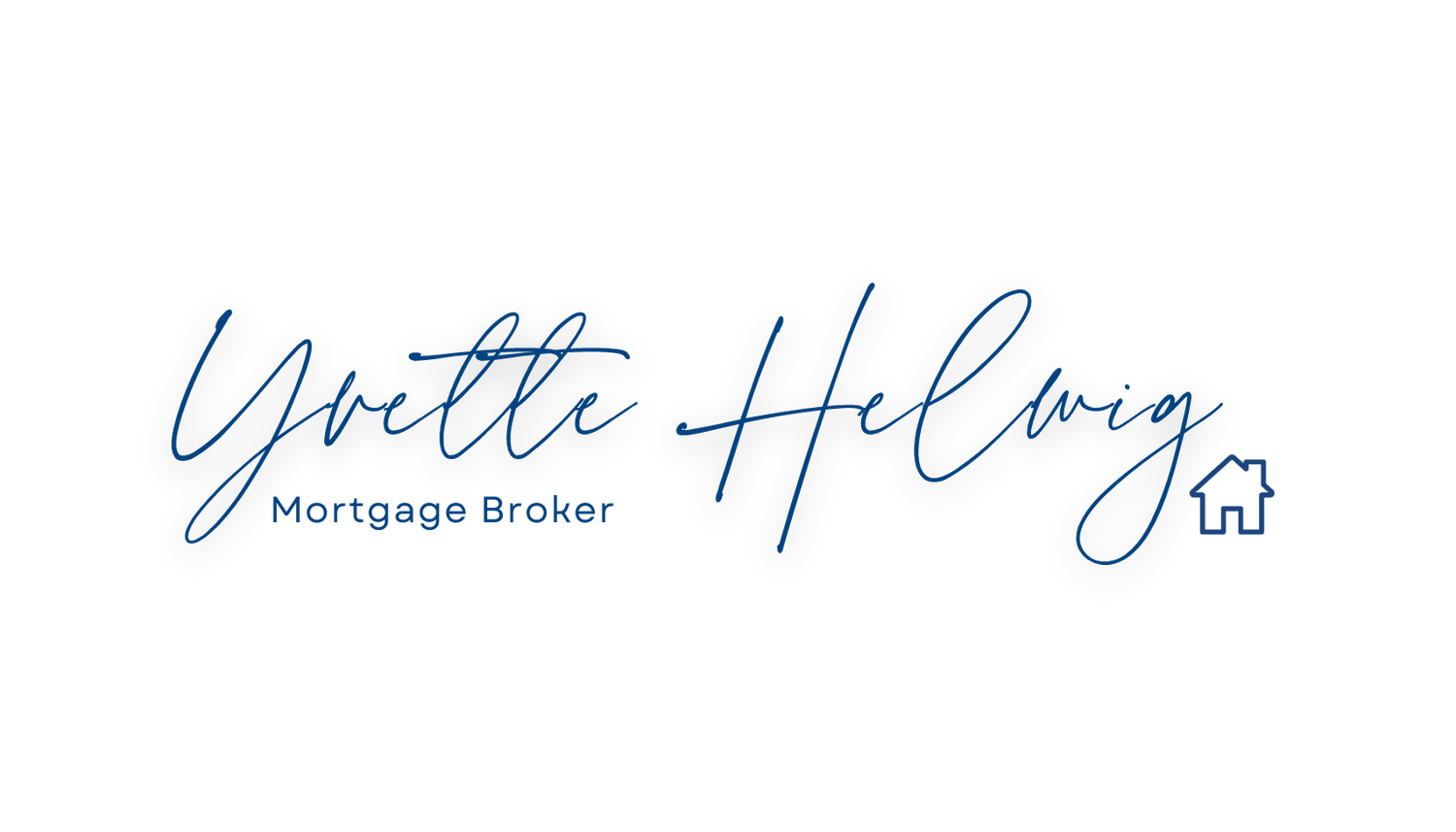Educational Resources
Looking for more guidance and educational information on your homeownership journey? You’ve come to the right place! Discover a range of resources in order to help you make an informed decision for all aspects of your financial future.
-
When you obtain a mortgage, your monthly payments are structured using a concept called amortization. Amortization is the process of gradually paying off both the principal amount (the actual loan) and the interest over a set period.
Each payment you make contributes towards reducing your debt while covering the interest charges. As you progress through your mortgage term, a larger portion of your payment goes towards reducing the principal, ultimately helping you build equity in your home.
-
When budgeting for your mortgage journey, it's important to factor in closing costs, which are expenses associated with finalizing your loan and purchasing a property. Here are some common closing costs to be aware of:
Appraisal Fee: This covers the cost of assessing the property's value.
Title Insurance: Protects against any legal issues or claims on the property's title.
Home Inspection Fee: Covers a professional inspection of the property's condition.
Attorney Fees: If applicable, the cost of legal representation during the closing process.
Origination Fee: Charged by the lender for processing and underwriting the loan.
Prepaid Expenses: Such as property taxes, homeowner's insurance, and prepaid interest.
It's essential to discuss these costs with your mortgage broker and factor them into your overall budget to ensure a smooth mortgage experience.
-
Assess Your Goals: Determine why you want to refinance. Whether to secure a lower interest rate, shorten your loan term, or tap into your home's equity, clarifying your objectives will help guide the process.
Evaluate Your Finances: Review your credit score, debt-to-income ratio, and home equity. This information will help determine your eligibility for refinancing and the potential benefits you may gain.
Research and Compare Lenders: Explore different lenders and their refinancing options. Consider interest rates, fees, and terms to find the most suitable option for your financial situation.
Gather Documentation: Prepare the necessary documents, including income verification, asset information, and current mortgage statements. Having these ready will expedite the application process.
Apply and Close: Submit your application to the chosen lender and await their decision. If approved, you'll proceed with the closing, sign the new loan documents, and potentially enjoy the benefits of your refinanced mortgage.
-
Preparing for Mortgage Application: Gather your financial documents, such as proof of income, bank statements, and identification, to provide to your mortgage broker. This information helps assess your eligibility and determine the loan amount you qualify for.
Shopping for a Mortgage: Your mortgage broker will review your financial information and explore various loan options from multiple lenders. They will help you compare interest rates, terms, and features to find the mortgage that aligns with your needs.
Applying for a Mortgage: Once you decide on a specific lender and loan product, your broker will assist you in completing the mortgage application. They will ensure all necessary documentation is provided and submit the application on your behalf.
Loan Processing and Underwriting: After submitting your application, the lender will review the documentation, perform an appraisal of the property, and assess your creditworthiness. This step may involve additional requests for information or clarifications.
Closing and Funding: Once your mortgage is approved, you will sign the loan documents and complete the closing process. This typically includes paying closing costs, obtaining homeowner's insurance, and transferring ownership. After closing, the funds are disbursed, and you become a proud homeowner!
-
Principal: The original amount borrowed for a mortgage loan.
Interest Rate: The percentage charged by the lender for borrowing the funds.
Equity: The difference between your home's value and the amount you owe on your mortgage.
Down Payment: The initial payment made towards the purchase price of the home.
Amortization: The gradual repayment of both the principal and interest over time.
Prepayment Penalty: A fee charged for paying off the mortgage early.
-
Debt consolidation involves combining multiple debts, such as credit card balances and personal loans, into a single loan, often using the equity in your home.
By consolidating your debts, you can potentially lower your overall interest rate, reduce your monthly payments, and simplify your financial obligations.
This strategy can help you regain control of your finances, save money in interest payments, and work towards becoming debt-free sooner!
“Knowledge is power. It controls access to opportunity and advancement.”
—Peter Drucker
Download My Mortgage Toolbox
Have you downloaded My Mortgage Toolbox app? You’ll find valuable resources and an easy way to get pre-qualified for the maximum mortgage you can afford, all in one place!

